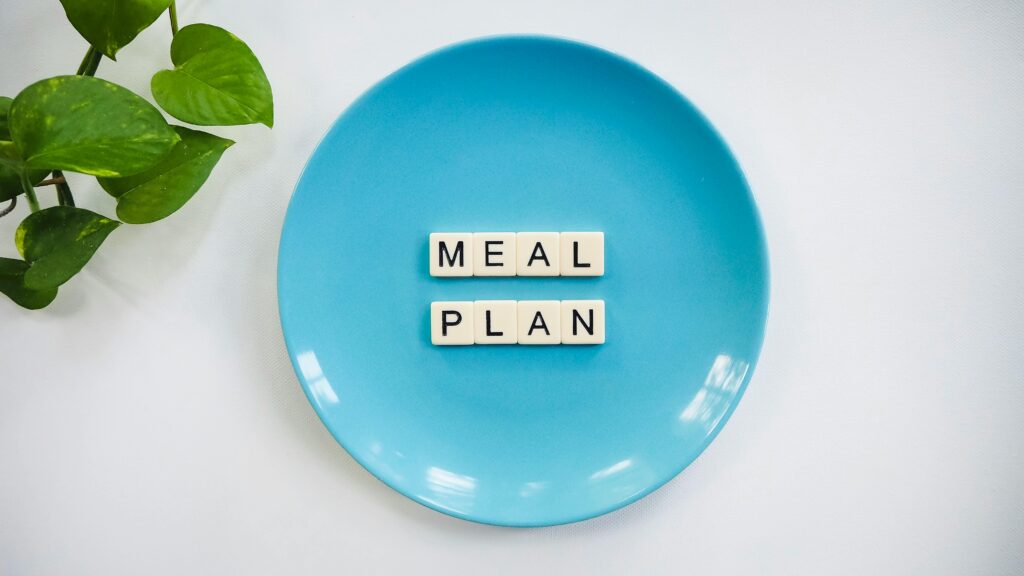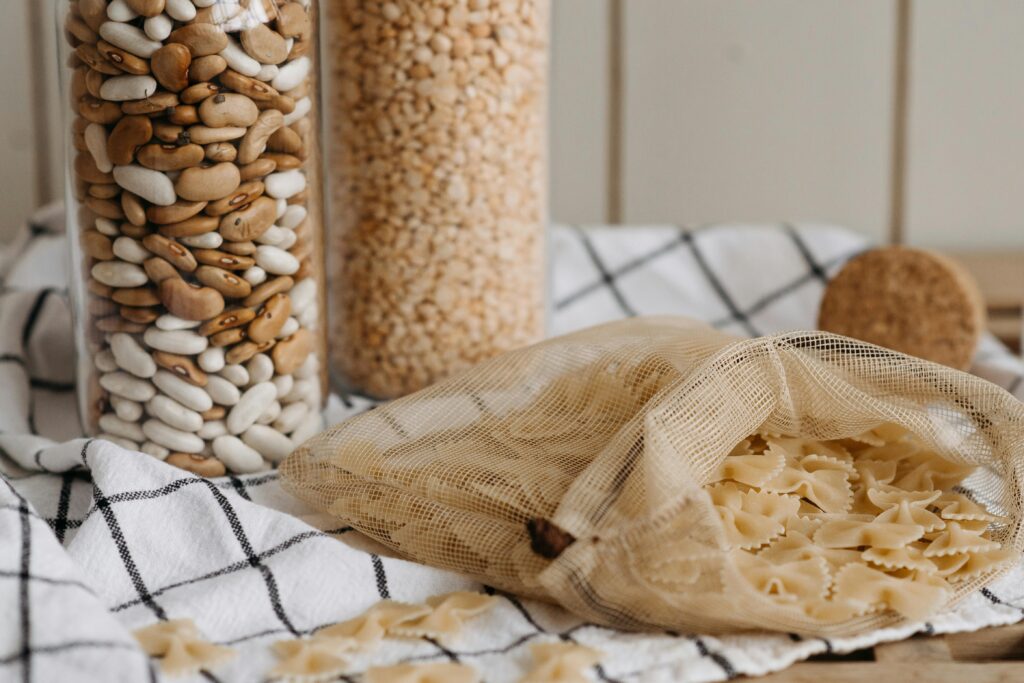Hey beautiful souls!
Can we talk about something that’s been weighing on my heart AND my wallet? I used to throw away SO much food every week, and honestly, it felt like I was literally tossing money in the trash. Like, we’re out here trying to save for our dreams while perfectly good groceries are going bad in our fridges. But here’s the tea: I’ve discovered some absolute game-changers that have helped me cut my food waste by 70% AND save over $200 a month. Trust me, these strategies are going to transform the way you shop, cook, and think about food!
1. Master the Art of Meal Planning Like a Pro

Okay, this is THE foundation of everything. I know meal planning sounds boring, but hear me out because this is where the magic happens! Before you even think about stepping into a grocery store, sit down with your calendar and actually plan what you’re going to eat. I’m talking breakfast, lunch, dinner, and snacks. Check what you already have in your pantry, see what needs to be used up first, and build your meals around that. I promise you, this one habit has saved me more money than anything else. Plus, no more staring into the fridge at 7 PM wondering what to make while everything slowly expires around you!
2. Learn to Love Your Freezer (Seriously!)
Your freezer is literally your best friend in the food waste battle, and most of us are NOT using it to its full potential. Almost everything can be frozen, babes! That bunch of bananas turning brown? Freeze them for smoothies. Leftover herbs? Chop them up, put them in ice cube trays with olive oil, and boom – flavor bombs for months. Bread, cooked rice, pasta sauce, even that rotisserie chicken you won’t finish – it can all go in the freezer. I’ve started treating my freezer like a time machine that keeps food fresh for future me, and it’s been an absolute game-changer.
3. Understanding Expiration Dates (They’re Not What You Think!)
Mind. Blown. Moment. Did you know that “best by” dates are NOT the same as “use by” dates? Most of those dates are about quality, not safety! I was throwing away perfectly good food because I thought the date meant it was dangerous to eat. “Best by” means peak quality, “sell by” is for stores, and only “use by” is about safety (and even then, use your senses!). Smell it, look at it, taste a tiny bit – if it seems fine, it probably is. This knowledge alone has stopped me from wasting so much food, and I feel less guilty AND richer for it.
4. Store Your Produce the Right Way
This tip is SO underrated! Different fruits and veggies need different storage conditions, and storing them wrong makes them go bad SO much faster. Keep tomatoes and bananas on the counter, but berries in the fridge. Wrap lettuce in paper towels to absorb moisture. Store herbs like flowers in a glass of water. Potatoes and onions need cool, dark places but NOT together (they make each other spoil faster!). Seriously, learning proper storage has extended the life of my produce by days, sometimes weeks. It’s like giving your groceries VIP treatment so they last longer!
5. Embrace the “Eat Me First” Box
This is one of my absolute favorite hacks! Designate one clear container or section in your fridge as the “Eat Me First” zone. Anything that’s getting close to its prime goes in there where you can SEE it every time you open the fridge. That leftover pasta, those mushrooms you bought four days ago, the yogurt that expires soon – it all goes in this box. Make it a rule that you check this box before cooking anything new. It’s visual, it’s simple, and it’s so effective at making sure nothing gets forgotten in the back of the fridge!
6. Get Creative with Leftovers

Leftovers don’t have to be boring reheats, friends! This is where you get to channel your inner chef and have some fun. That rotisserie chicken becomes tacos, then chicken salad, then soup. Roasted veggies transform into frittatas or grain bowls. Stale bread becomes croutons or breadcrumbs. I’ve started seeing leftovers as ingredients for new meals rather than just “the same thing again,” and it’s made me actually EXCITED to use them up. Plus, these “remix meals” take way less time than cooking from scratch!
7. Portion Control When Cooking
Real talk: I used to cook like I was feeding an army when it was just me and my partner. Learning to cook appropriate portions has been HUGE for reducing waste. Use measuring cups, follow recipe serving sizes, or invest in a small kitchen scale. If you’re cooking for two, actually make food for two, not six. And if you do make extra (meal prep, anyone?), make sure you have a plan for those leftovers or freeze them immediately. Intentional portions mean less food sitting around getting gross!
8. Shop Your Pantry First
Before you make a grocery list, literally shop your own pantry, fridge, and freezer first! I started doing “pantry challenge” weeks where I only buy fresh essentials and create meals from what I already have. You’d be amazed at what’s hiding in there. That random can of chickpeas becomes the star of dinner. Those dried lentils finally get their moment. Not only does this reduce waste, but it also prevents you from buying duplicates of things you already own. It’s like a treasure hunt in your own kitchen!
9. Buy Imperfect Produce
Can we normalize “ugly” fruits and veggies? Seriously, that weirdly shaped tomato tastes EXACTLY the same as the perfect one, but it’s often cheaper or about to be discounted! Many stores now have imperfect produce sections at reduced prices. Farmers markets at closing time are also gold mines for deals on produce that won’t last another day. That slightly bruised apple? Perfect for applesauce. Those wilting greens? Hello, smoothie! You’re saving money AND rescuing food that would otherwise be wasted. Win-win!
10. Master the Art of Pickling and Preserving
Okay, I know this sounds super intimidating and old-fashioned, but stay with me! Quick pickling is EASY and extends the life of veggies by weeks. All you need is vinegar, water, salt, and whatever seasonings you like. Got cucumbers, onions, carrots, or peppers about to go bad? Pickle them! Making jam from overripe fruit is easier than you think. Even just learning to blanch and freeze vegetables properly counts as preserving. These skills are like food waste superpowers, and they make you feel so accomplished!
11. Use Every Part of Your Ingredients
This is next-level sustainability, and I’m here for it! Broccoli stems are delicious when peeled and cooked. Carrot tops make amazing pesto. Chicken bones become stock. Beet greens can be sautéed like spinach. We’ve been conditioned to throw away so many edible, nutritious parts of our food! Start looking at the whole ingredient and researching what’s edible. Not only are you reducing waste, but you’re also getting more nutrition and flavor from everything you buy. Your wallet and the planet will thank you!
12. Compost What You Can’t Eat
Real talk: even with our best efforts, some food waste is inevitable. Banana peels, eggshells, coffee grounds – these aren’t going to be eaten, but they don’t have to go in the trash! Composting turns food scraps into nutrient-rich soil for plants. You can do countertop composting in apartments, backyard composting if you have space, or find community composting programs. I started with a small bin, and now my plants are THRIVING on homemade compost. It feels so good to close the loop and create something valuable from waste!
13. Invest in Proper Storage Containers

This might seem like a small thing, but quality storage containers have been a game-changer for me! Airtight containers keep things fresh SO much longer. Glass containers let you see what you have (out of sight, out of mind is REAL). Stackable containers maximize fridge space. Silicone bags are reusable and perfect for freezing. Yes, there’s an upfront cost, but these containers pay for themselves by keeping food fresh and reducing waste. Plus, they’re way better for the environment than plastic wrap and baggies!
14. Practice Mindful Shopping
This is about changing your mindset at the store. Don’t shop hungry (seriously, you’ll buy everything!). Stick to your list. Question those impulse buys – will you ACTUALLY eat that exotic fruit, or will it die in your crisper drawer? Buy smaller quantities more frequently rather than bulk buying perishables “just in case.” I used to think buying in bulk always saved money, but not if half of it goes bad! Mindful shopping means thinking about your actual habits, not your idealized meal-prep-queen fantasy self.
15. Track Your Waste and Adjust
Here’s the accountability piece: for one week, actually pay attention to what you’re throwing away. Write it down. Take photos if that helps. This awareness is POWERFUL! You’ll start seeing patterns – maybe you always waste lettuce, or bread goes moldy before you finish it, or you’re too optimistic about cooking every night. Use this data to adjust your shopping and habits. Maybe buy half a loaf of bread, or skip the lettuce and use cabbage instead (lasts way longer!). Tracking might seem tedious, but it’s the fastest way to identify YOUR specific waste patterns and fix them!
Remember, reducing food waste is a journey, not a destination! You don’t have to be perfect – even implementing 3-4 of these strategies will make a HUGE difference in your budget and your environmental impact. Start small, be patient with yourself, and celebrate every win. That zucchini you used up before it went bad? Victory! That creative leftover meal? Chef’s kiss! You’ve got this, and your future self (and bank account) will be so grateful you started today!




You can have anything you want in life if you dress for it.